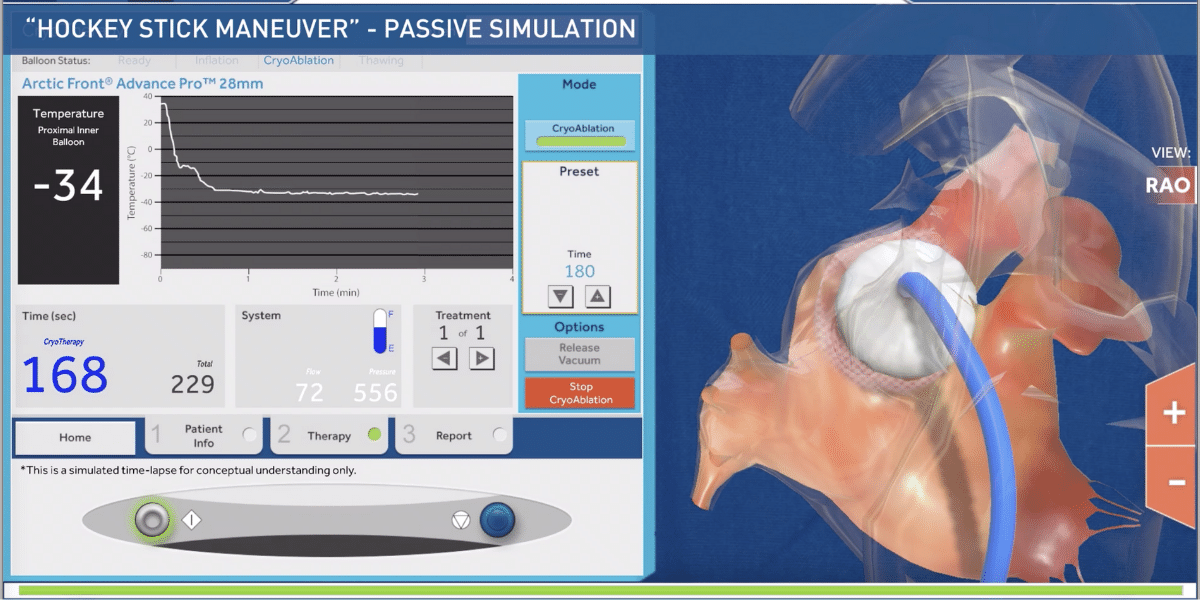In the last two decades, there has been rapid, exponential adoption of medical simulation globally. For most users, the primary goal is to impact knowledge by offering learners the opportunity to simulate real-life medical situations and learn how to deal with a possible real-life medical situation.
However, a secondary goal is to get a Return on Investment and save money and resources. Naturally, the medical simulation provider that offers the perfect blend that maximizes both of these objectives will be favored.
Conventional medical simulation technology and media are extremely costly and time-consuming to set up, often needing a huge capital outlay in initial infrastructure and staff to run and manage the services. As such, there is a need for healthcare providers to discover ways to save time and money. Here is how medical simulation can save time and money.
Benefits of Simulation in Healthcare
Below are the benefits of medical simulation and how they factor into your cost and time-saving needs.
- Medical Simulation Saves Operating Room Time
In the operating room, the additional time required to train residents has a significant financial effect. Healthcare professionals that typically trained with VR tend to make fewer errors and reduce surgery time. Therefore, training learners using medical simulation can save your organization a lot of money by reducing the amount of OR time needed for training.
This leads to safe procedures and frees up time for expert surgeons to conduct more surgeries. Moreover, by saving time, surgeons can bring in more revenue by carrying out more procedures.
- Medical Simulation Helps in Applying Academic Knowledge
Learners often spend plenty of time in classroom settings, building a basic science foundation before stepping foot in a clinic. Clinical observerships and shadowing (for pre-med students) can be a proper means of seeing classroom knowledge in real-life action. On the other hand, medical simulation training’s highly involved nature allows learners to apply classroom knowledge regularly.
- Medical Simulation Helps to Mitigate Risks and Avoid Mistakes
The ability to make errors can become an asset of medical simulation training. Trainees can apply the acquired knowledge as soon as possible. Instead of jumping into the high-stakes situation of real-world patient interactions where they can mimic the attending physicians’ behaviors, medical simulation permits learners to apply their theory and academic knowledge to such situations. It allows learners to make errors and learn the concepts from their academic training that translate to certain scenarios effectively.
- Time and Location Convenience
Medical sim-based learning can be set up at appropriate locations and times. It can also be repeated as often as required. In addition, simulation-based learning can be undertaken on-site with minimal resources. Alternatively, it can be taken in an impressively high-technology simulation center.
- Simulation Can Be Customized
Sim-based learning can be customized to suit beginners, intermediates, and experts. It can also be adapted on the go to cater to different learners’ abilities. This way, you don’t spend a lot of time, and you end up saving time.
- Medical Simulation Encourages Communication and Collaboration
Collaboration and effective communication can help reduce costly errors. Medical simulation training courses teach hands-on and thinking skills, such as effective communication, decision-making, procedures, and knowledge-in-action.
By collaborating and working as teams in a simulation-based learning center, healthcare professionals can effectively explore their human factors and interactions with their environment. Effective communication keeps learners on the same page to help each other point out errors in their early stages before it develops into a costly, time-consuming problem.
- Simulation Provides Feedback and Review
Healthcare professionals who learn from their mistakes or experiences stand a higher chance of reducing the impact of possible future errors. Sim-based learning centers often provide immediate feedback to learners.
The same feedback allows them to understand and commit to addressing and improving what went wrong. This learning strategy’s features include debriefing tools such as peer review and video feedback. Healthcare professionals learn from the feedback they get in these medical simulation programs, thus being able to reduce potential costly errors.
- Simulation Instill Confidence
Familiarity with a typical clinical setting and the development of a clinical muscle memory equates to patient safety. This translates to confidence for learners. Without patient safety, a healthcare institution or provider is prone to losing valuable time and resources fixing mistakes.
Between the ability to recreate any learning situation willingly or a mistake-friendly environment, repetition helps learners to develop their confidence levels and decision-making skills.
Confidence plays a huge role during the trainees’ residency years. Additionally, patience can help the patients feel more secure.
- Healthcare Professional and Staff Feedback Can Help Improve the Learning Experience
Medical simulation hardware can be costly, especially when purchasing or replacing. However, while breakdowns can happen unexpectedly, it is important to diagnose possible signs of breakdowns as early as possible.
Early detection can help you avoid the severe costs of repairs and replacement. The best way to get this info (feedback) is via healthcare providers and staff providing valuable feedback concerning the hardware and software used in running the medical simulation-based learning center.
Key Takeaways
A healthcare sim-based learning center provides learners with a hands-on, practical approach to learning how to handle medical emergencies in real-life situations. If done right, medical simulation can save your institutions a lot of time and money. One way is by teaching learners to sharpen their skills to reduce the chances of actual costly medical malpractice.
Are you seeking an expert opinion on saving time and money with medical simulations? At Tipping Point Media, we provide unique simulation-based learning to help learners use technology and the necessary resources to polish their expertise before providing care in the actual world. Reach out to us to start your simulation and VR for your healthcare professional’s learning needs.

![Understanding Cancer Treatment through Virtual Reality (VR) – [2025 Guide]](https://tipmedia.com/wp-content/uploads/2025/04/blogs-7-10-25.jpg)

![How Augmented Reality Packaging Is Transforming Pharma Sales [2025 Guide]](https://tipmedia.com/wp-content/uploads/2024/10/blog-ARpackaging-2.jpg)